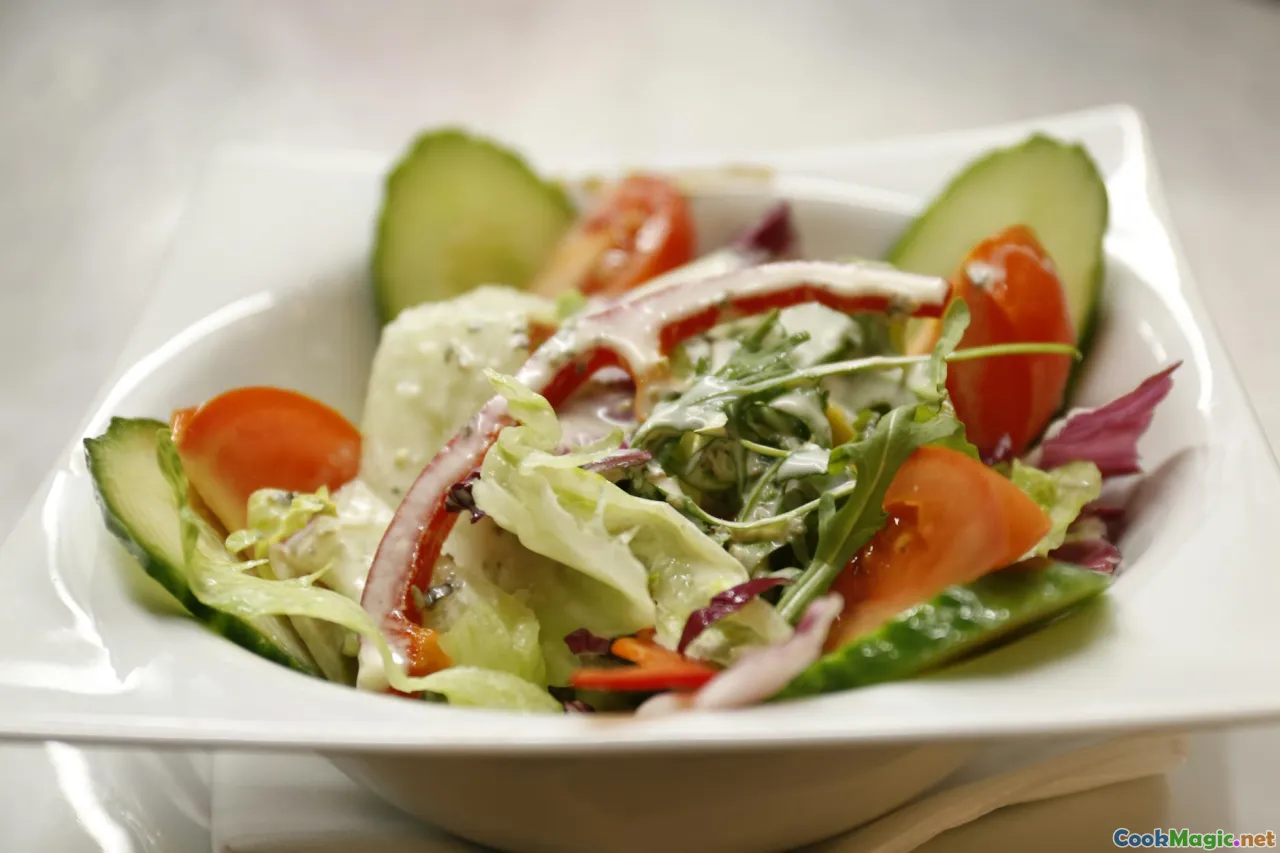Trinidadian Callaloo Recipes for Every Occasion
7 min read Discover versatile Trinidadian Callaloo recipes that elevate every meal, from traditional staples to festive celebrations, rich in culture and flavor. April 21, 2025 20:00
Trinidadian Callaloo Recipes for Every Occasion
Imagine walking through the vibrant markets of Port of Spain, the air thick with the aroma of fresh greens, spices, and the promise of a hearty meal. Among the myriad of colorful produce, one leafy green stands out—callaloo. In Trinidad and Tobago, callaloo isn't just a vegetable; it's a cultural emblem, a symbol of community, celebration, and everyday sustenance. Its tender leaves, rich flavor, and versatility make it a cornerstone of Trinidadian cuisine, woven into dishes that span from humble family dinners to grand festive feasts.
The Heart of Trinidadian Cuisine: A Cultural Perspective
Callaloo's origins trace back to West African culinary traditions, brought to the Caribbean through the transatlantic slave trade. Over centuries, it has been adapted, blending indigenous ingredients with African, Indian, and European influences, embodying the multicultural tapestry of Trinidad and Tobago.
In local communities, callaloo is more than a dish—it's a shared experience, a way to connect with ancestors, and a celebration of life. Whether served at a Sunday family meal, during Carnival festivities, or as a comforting side during the rainy season, callaloo holds a special place in Trinidadian hearts.
Understanding Callaloo: Ingredients and Preparation
What Is Callaloo?
Callaloo refers to a variety of leafy greens, but in Trinidad, it most commonly denotes the tender, dark green leaves of the amaranth or taro plant. These leaves are rich in nutrients, with a slightly bitter, earthy flavor that softens beautifully when cooked.
Key Ingredients
- Callaloo Leaves: Fresh or frozen, cleaned thoroughly.
- Okra: Adds viscosity and a smooth texture.
- Onion & Garlic: Aromatic base.
- Scotch Bonnet Pepper: For a fiery kick.
- Coconut Milk: Infuses creaminess and depth.
- Saltfish (optional): For added protein and flavor.
- Seasoning: Thyme, black pepper, and other herbs.
Basic Preparation Technique
- Cleaning: Rinse callaloo leaves multiple times to remove dirt and grit.
- Chopping: Finely chop or tear the leaves.
- Sautéing Aromatics: In a large pot, sauté chopped onions, garlic, and scotch bonnet for an aromatic base.
- Cooking: Add callaloo, okra, coconut milk, and seasonings. Simmer until tender, allowing flavors to meld.
- Adding Protein (Optional): Flaked saltfish or other meats can be stirred in during the last few minutes.
This simple yet flavorful process unlocks the true essence of callaloo—a vibrant, comforting dish that represents Trinidadian resilience and ingenuity.
Callaloo Recipes for Every Occasion
1. Traditional Callaloo Stew: The Comfort Classic****Perfect for: Sunday family dinners, rainy-day comfort food.**Ingredients:**Callaloo, saltfish, okra, coconut milk, onions, garlic, thyme, scotch bonnet.Method:
- Prepare saltfish by boiling and flaking.
- Sauté aromatics, then add saltfish and callaloo.
- Pour in coconut milk, season, and simmer gently.
- Serve with rice or funnypak (flatbread).
Sensory Experience: The stew's thick, velvety texture is complemented by the smoky saltfish and fiery heat from scotch bonnet. The aroma of simmering coconut milk and spices envelops the senses.
2. Callaloo Quiche: A Fusion for Brunch or Potluck****Perfect for: Brunch gatherings, festive brunches.**Ingredients:**Pastry crust, callaloo, eggs, cheese, onions, nutmeg, seasoning.Method:
- Sauté callaloo with onions and seasonings.
- Mix eggs, cheese, and cooked callaloo.
- Pour into crust and bake until golden.
Sensory Experience: A flaky crust encasing a creamy, savory filling with hints of nutmeg and the earthiness of callaloo, ideal for a sophisticated brunch.
3. Callaloo and Shrimp Pasta: A Caribbean Twist****Perfect for: Dinner parties, special occasions.**Ingredients:**Pasta, callaloo, shrimp, garlic, chili flakes, olive oil, lemon.Method:
- Cook pasta al dente.
- Sauté garlic, chili, and shrimp until pink.
- Add callaloo, cook briefly, then toss with pasta.
- Finish with lemon juice.
Sensory Experience: The tender shrimp and slightly bitter callaloo are balanced by the brightness of lemon and the heat of chili, creating a vibrant dish.
4. Vegan Callaloo Stir-Fry: For the Plant-Based Enthusiast****Perfect for: Weeknight dinners, health-conscious meals.**Ingredients:**Callaloo, bell peppers, onions, garlic, soy sauce, sesame oil.Method:
- Stir-fry vegetables with garlic and onions.
- Add callaloo and soy sauce, cook until wilted.
- Drizzle with sesame oil.
Sensory Experience: Crisp-tender vegetables with the rich, leafy flavor of callaloo, finished with fragrant sesame notes.
Personal Reflections and Cultural Significance
Having traveled across Trinidad, I've witnessed callaloo's unifying power—from bustling street stalls to elegant dinner tables. Its versatility allows it to be humble or celebratory, depending on how it's prepared. One of my fondest memories is attending a village carnival, where a bubbling pot of callaloo stew was shared among neighbors, reinforcing bonds and celebrating heritage.
Cooking callaloo is an act of honoring tradition, yet it invites creativity. Whether you prefer it spicy, creamy, baked, or stir-fried, each variation tells a story—of history, of community, of resilience.
Final Thoughts
In the kaleidoscope of Caribbean cuisine, Trinidadian callaloo shines as a quintessential dish that captures the essence of the islands' rich, diverse culinary heritage. Its ability to adapt to every occasion, from everyday comfort food to festive extravagance, makes it an indispensable part of Trinidadian life. So, gather your ingredients, embrace the process, and let callaloo bring a taste of Trinidad into your kitchen—where every meal becomes a celebration of culture, history, and shared joy.









